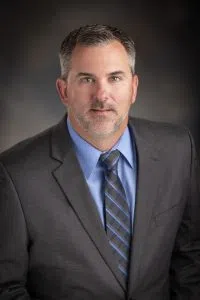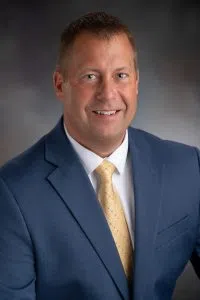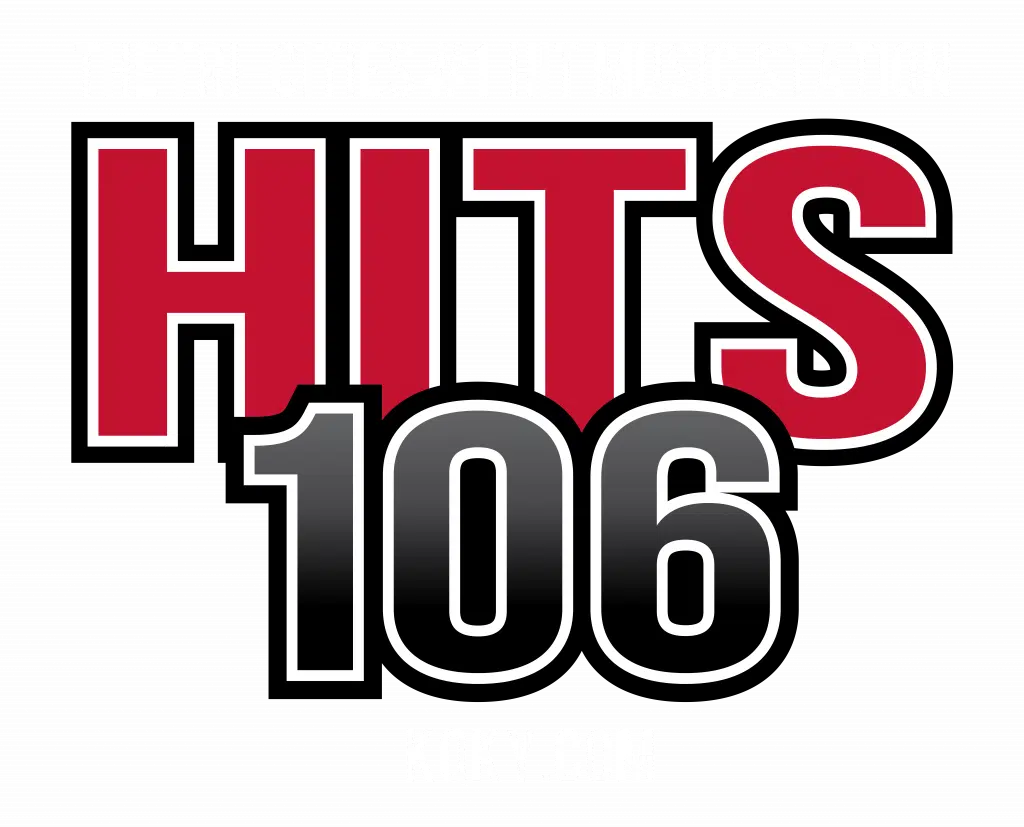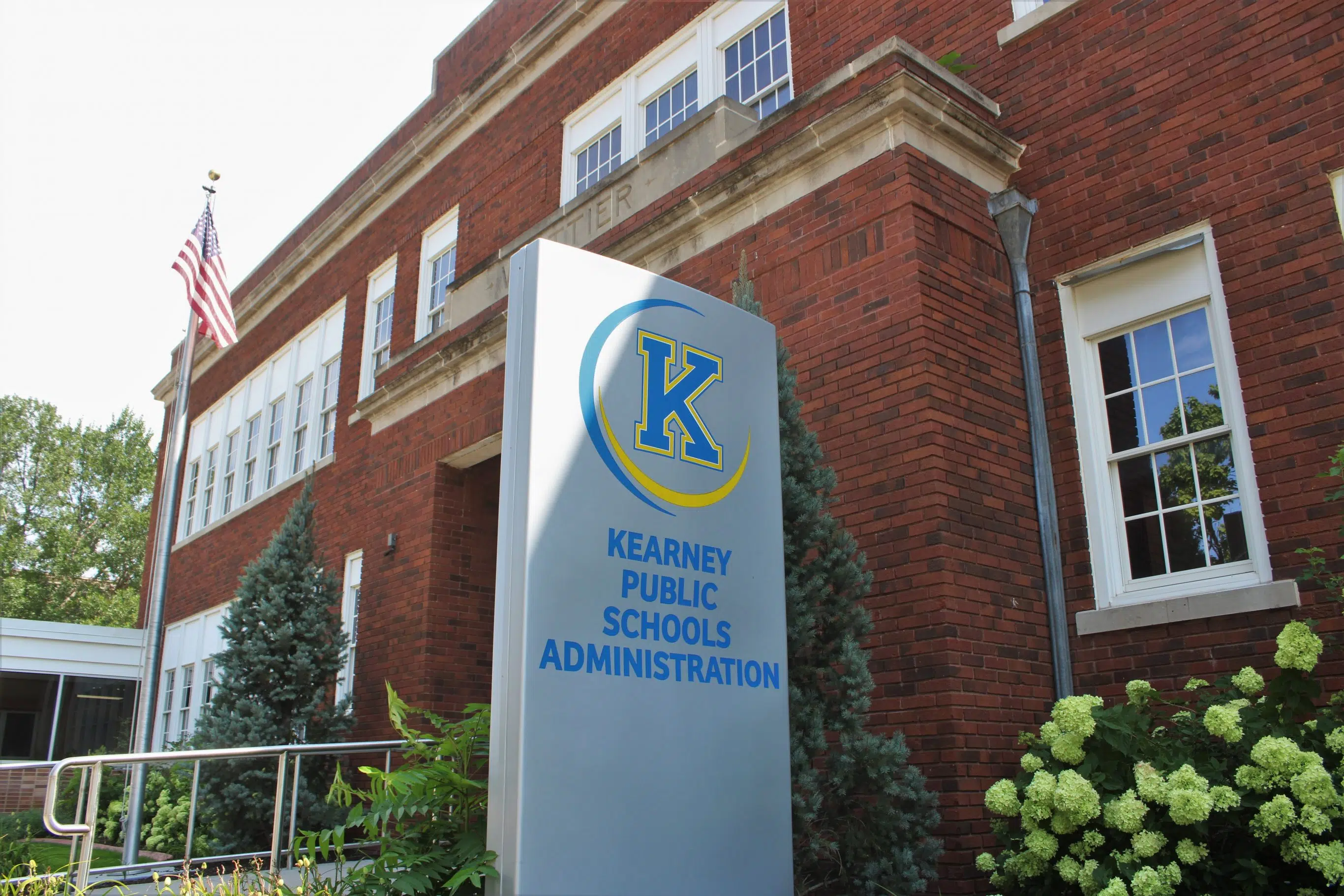KEARNEY — Following dramatic increases in property valuations and changes to how the state funds public education, Kearney Public Schools is proposing its biggest property tax levy decrease in several years, but Kearney residents will still likely see their property taxes go up.
That’s because property values across the district are projected to rise by 9.5%, meaning that even though KPS is cutting its levy, it will still take in a projected $3.34 million more in property tax revenue this year with state aid set to drop in the 2024-2025 budget year.
KPS outlined the revenue numbers and levy drop in a proposed $73.61 million budget for the 2023-24 school year, which was unveiled at the regular Kearney Public School board meeting on Monday night. Under the draft spending blueprint, KPS’s levy to fund general operations and bond debt repayments would drop from $1.228 per $100 of valuation to $1.193, a 3.53-cent drop.
The tax levy decrease is made possible by soaring property values and changes to the school state aid formula championed by Governor Jim Pillen and ultimately approved by the Legislature this past session. Under the legislative changes, districts will now receive $1,500 in state aid, known as ‘foundation aid’ for every student, and enough state funding to cover 80% of a district’s special education costs. The per-pupil foundation aid is subtracted from the traditional state aid known as equalization aid that KPS already receives as part of the state’s long-established TEEOSA (Tax Equity & Educational Opportunities Support Act) equalization formula.
Though total state funding is up, thanks to a projected $3.42 million infusion of special-education dollars, aid to KPS from the state’s equalization formula is still down about $100,000 from last year and about $3.5 million from a decade ago. As previously mentioned, KPS is projected to receive about $3.42 million more in state Special Education funding than last year and $3.34 million more in property tax revenue, paving the way for a lower levy that equates to approximately $3 million less than if it had kept its levy rate the same, while still affording KPS surplus revenue for future budgetary needs.
“I would say that there have been some changes over the last few years to the state school funding formula that have been more incremental, however our most recent legislative session has had a more immediate and significant impact on the budget process,” said Dr. Chris Loofe, Associate Superintendent and Finance Director. “I believe this was compounded by the large valuation increase in Buffalo County, so dealing with both factors in the same year has been very challenging. It’s also important to note that when an influx of additional resources is received in one year, your equalization aid support is significantly reduced the following year. I would also note KPS was the 7th lowest spending school district in the state per pupil and I wouldn’t anticipate the 2023-2024 budget would change that. In fact, we are aware of districts with much greater increases than what we are reflecting. We are proud to continue offering our robust educational experiences while carefully managing the financial resources our patrons generously provide,” said Loofe.

Chris Loofe, Associate Superintendent and Finance Director
While the 3.53-cent levy decrease is a significant drop (over the past 10 years, it’s dropped by about 13.2 cents total) many property taxpayers are still likely to see higher bills because of soaring property valuations. About 60% of a Kearney resident’s property tax bill goes to KPS. Under the current levy of $1.228 per $100 of valuation, the owner of an average $225,000 home would pay $2,763 to KPS. If their property remained unchanged in value, they would see a $85 decrease per year under the proposed $1.19 levy. But if the home’s value climbed by 15%, closer to the 10.5% average projection KPS used to craft its budget, that homeowner would pay $316 more in taxes despite the levy decreasing.
“Kearney citizens will ask me about property taxes, increases, and how to control costs. I always give them the same responses. About 84% of the KPS budget is attributed to salary and benefit costs and increases, of which 67% of those salary and benefits are tied to teachers and a state-mandated negotiations process,” stated Jason Mundorf, Kearney Public Schools Superintendent. “In this process, when the other 8 schools we are compared with (Grand Island, Hastings, Columbus, Elkhorn, Gretna, North Platte, Fremont, and Norfolk) increase their salary and benefits, we are required under law to keep pace. This year, our teacher salary and benefit increase was 5.21% and that puts us 1% below the midpoint (array average).”

Jason Mundorf
“It is impossible to hold costs back when we are experiencing inflation rates near 8%, our fixed costs increase, and we are in a teacher and staffing shortage competing for people. If cutting taxes is our priority, our only recourse is to cut programs or people. Fewer teachers mean we’d have larger class sizes. Fewer programs could include a loss of athletic teams, a loss of transportation services, or a loss of co-curricular activities (orchestra, band, career-technical student organizations) as just a few examples. The reality is we can’t do both. We can’t have the quality educational experiences with high-quality professionals we currently enjoy and cut taxes simultaneously. Those two objectives are polar opposites,” stated Mundorf.



